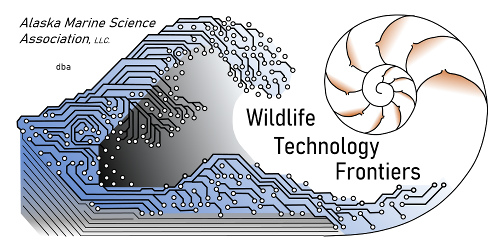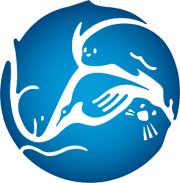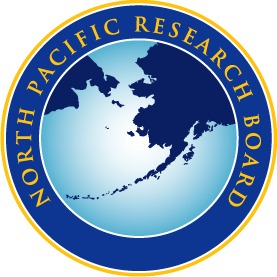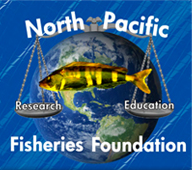Project Sponsors
The LHX project is currently supported through the Alaska Marine Science Association, LLC, dba Wildlife Technology Frontiers
Wildlife Technology Frontiers is supporting the continued monitoring for data returns from LHX tags previously deployed in Steller sea lions (through 2014), harbor seals (through 2015) and sea otters (through 2019).
Please note that any opinions, findings, and conclusions or recommendations expressed on this website are those of the author(s) and do not necessarily reflect the views of any of the current or past sponsors listed below. The sponsors had no influence on study design, data analysis or interpretation of results. Please also note that any links to other webstes do not imply approval of content on linked sites. Links are solely provided for the convenience of our viewers.
The LHX project has received support in the past from:
The North Pacific Research Board (NPRB) previously supported the development and integration of novel motion and ingestion sensors for second generation LHX2 tags.
The National Science Foundation(NSF) previously supported the further development and move towards wider availability of 2nd generation LHX2 tags to the research community through an IDBR Type B grant (award #1556495).
NOAA's National Marine Fisheries Service(NMFS) previously supported the deployment of 2nd generation LHX2 tags in harbor seals in the western Aleutian Islands.
The National Science Foundation (NSF) supported the development of the next generation LHX-2 tags (Award 0964253; 2010 - 2014).
The North Pacific Research Board supported the deployment of 1st generation LHX-1 tags on juvenile Steller sea lions in the Gulf of Alaska (2009-2012, Award 1011), and the deployment of 2nd generation LHX-2 tags on female Steller sea lions in the Gulf of Alaska (Award R1310; 2013 - 2016).
The Pollock Conservation Cooperative Research Center supported the deployment of 2nd generation LHX-2 tags on female Stellers in the Gulf of Alaska (2013 - 2016).
The North Pacific Fisheries Foundation suppported the deployment of 2nd generation LHX-2 tags on female Stellers in the Gulf of Alaska (2013-2016).
The North Pacific Marine Science Foundation (using NOAA funds) supported the development of new analytical methods for processing LHX tag data (2007-2009).
The Alaska Sea Life Center (using NOAA funds) provided direct support and additional amounts in logistic support for juvenile sea lion capture, holding and surgical facility, and for the participation of ASLC personnel in the project (2004-2010).
The National Oceanic and Atmospheric Administration (NOAA) provided support for the large-scale deployment of first generation LHX tags on juvenile Steller sea lions in the Gulf of Alaska in collaboration with the Alaska Sea Life Center (2001-2008).
The Pollock Conservation Cooperative Research Center supported the development of surgical implantation methods and validation of implant techniques on rehabilitated California sea lions at The Marine Mammal Center in Sausalito, CA (2001 - 2004), and supported satellite data recovery fees for LHX-1 tags deployed in the Gulf of Alaska (2009-2012).
The North Pacific Marine Research Program supported the development and testing of the first generation LHX transmitters in collaboration with Wildlife Computers, Inc. (1999 - 2001).
Participating Institutions The Alaska Marine Science Association, LLC, dba Wildlife Technology Frontiers Acknowledgements The LHX project would have been impossible without the extensive efforts by many team members, participants and collaborators, in particular: Markus Horning (Wildlife Technology Frontiers) Jo-Ann Mellish, Pamela Tuomi, Carrie Goertz, Kathy
Woody, and many others at the Alaska SeaLife Center. Roger Hill and many others at Wildlife Computers Martin Haulena (The Marine Mammal Center, Vancouver
Aquarium) This website was designed by Seymour
Creative Communications Photo Credits Chip Arnold
The U.S. Fish & Wildlife Service
The National Marine Fisheries Service
The Alaska Sea Life Center
The Marine Mammal Center
The University of Alaska Fairbanks
Oregon State University
The Alaska SeaLife Center Capture Team, husbandry & veterinary staff
SIte content was prepared by MarEPOsa
Michelle Caudle
Heather Down
Scott Eckert
Millie Gray
Markus Horning
Julianna Kim
Kimberly Raum-Suryan
John Skinner
Jamie Thomton
Jason Waite
Wildlife Computers






